What Is the SAVE Plan for Student Loans?
On June 30th, 2023, the U.S. Supreme Court officially struck down President Biden’s student loan forgiveness program to cancel up to $20,000 per federal borrower. In a 6-3 decision ruling, Chief Justice John Roberts stated that the Biden administration had overstepped its authority.
Thankfully, the White House was prepared with its Plan B. On that same day, Biden delivered a live speech and written briefing announcing that the U.S. Department of Education had released a finalized draft of what they’re calling the most generous income-driven repayment (IDR) plan ever created: the “Saving on a Valuable Education” or SAVE plan.
SAVE has been highly anticipated since August 2022 when Biden first officially announced his student loan forgiveness program. Though it didn’t receive as much attention as the $20,000 in debt cancellation, he mentioned in that same speech that a new IDR plan was needed and in the works. Secretary of Education Miguel Cardona later shared more about what they were then calling the Updated REPAYE plan earlier this year.
However, given the legal challenges surrounding Biden’s student forgiveness program, it seemed that the White House was strategically holding back on releasing any further information about this new IDR plan until the outcome from the Supreme Court was known. Now that this decision has been made, the White House has revealed that the plan has been renamed SAVE, and based on what it includes, that’s definitely what it will do for borrowers – particularly for the 26 million American applicants who were affected by the court’s decision.
How Is the SAVE Plan Different From Other IDR Plans?
Currently, the Department of Education has four different IDR plans for federal borrowers which have often been criticized for being too clunky and unnecessarily complicated. The SAVE plan intends to fix this issue by replacing one of these plans (the REPAYE plan) and making it the flagship IDR plan for borrowers going forward.
Here’s what the SAVE plan would offer the public that the other plans don’t currently:
- Changes the threshold for non-discretionary income to 225 percent above federal poverty guidelines (FPL) from 150 percent. The government recognizes that certain expenses such as your home, food, energy, etc. are necessities and should therefore be subtracted from your income when calculating your payment. Therefore, raising the limit to 225 percent of FPL means you’ll have more money to put towards your other bills and less going to student loans.
- No more risk of negative amortization. Negative amortization is a situation that arises when your payments are less than the interest that’s accruing on your loan, resulting in your loan getting bigger even though you’re faithfully making payments (a common problem with credit cards). SAVE would curb this issue by providing that loans cannot grow due to unpaid interest.
- Borrowers whose tax status is “married filing separately” will no longer be required to include their spouse’s income in their payment calculation for SAVE. Many couples file their taxes separately as a way to lower their annual tax bill. In the past, IDR plans didn’t recognize this and took the total household income into consideration. SAVE will ensure this split as well as also allow that spouses can be excluded from their family size when calculating IDR payments.
- Borrowers with undergraduate loans will have their payment calculated based on 5 percent of their discretionary income instead of the current 10 percent. This change automatically cuts student loan payments in half and is on top of the 225 percent of FPL non-discretionary income definition change mentioned earlier. However, note that loans for graduate students would remain at 10 percent.
- Loan balances will be forgiven after 10 years of regular payments instead of 20 or 25 years. Currently, IDR plans cancel any outstanding balances after 20 or 25 years of payments (depending on which plan you’re enrolled in). Under SAVE, this timeline would be accelerated to 10 years as long as the loan’s original balance was $12,000 or less. For every $1,000 above this limit, another year of payments will be added up to a maximum term of 20 or 25 years.
For a simple comparison of the SAVE Plan versus the current IDR plans, please see page 4 of this IDR Fact Sheet from the Department of Education.
How Much Can Borrowers Expect Under the SAVE Plan?
Quite a bit! Under these new terms:
- Anyone with an undergraduate degree who signs up for SAVE would see their payments cut by at least half.
- Thanks to the non-discretionary income threshold being lifted to 225 percent, single borrowers earning $32,805 a year or families of four earning $67,500 a year would qualify for a payment of $0.
- Since community college costs less than $12,000, it’s estimated that the majority of these borrowers would qualify to be debt-free within 10 years.
Additionally, protecting borrowers from accruing interest on unpaid interest will also help keep the loan balances more manageable going forward.
When Does the SAVE Plan Become Active?
Before the government can release a final rule, it has to solicit feedback from the public. The Department of Education will offer a brief hearing period until July 18th. During this time, anyone can provide written feedback for the administration to consider. Based on these solicitations, the Department of Education will evaluate their credibility and decide whether changes are necessary.
Even though SAVE will not officially go into effect until July 1, 2024, the Department of Education plans to implement the following as soon as possible – potentially before student loan payments resume at the end of August:
- Raising the definition of non-discretionary income from 150 to 225 percent of FPL
- Eliminating negative amortization
- Allowing couples filing “married filing separate” to exclude their spouse’s income
How Do You Sign Up for the SAVE Plan?
If the SAVE plan sounds good to you and your federal student loan is in good standing, then the Department of Education invites you to sign up for the REPAYE IDR plan through their official website: https://studentaid.gov/idr/
Since the SAVE plan will replace the REPAYE plan, borrowers who are already enrolled in REPAYE will be automatically converted once the new plan has been fully implemented.
Going forward, the Department of Education is also hoping to use the SAVE plan as a way of helping students avoid default. Therefore, any borrowers who appear to be struggling financially (such as those who have gone 75 days without making a payment) will be automatically moved into the SAVE plan.
Can the White House Do This?
After hearing the Supreme Court shoot down Biden’s $20,000 student loan forgiveness, you may understandably be skeptical of the new SAVE plan and not want to get your hopes up. However, this time around could be different.
In short, the White House should be able to move forward with SAVE because they are using a different argument than before. Previously, Biden’s student loan forgiveness program was based on the HEROES Act which they argued gave Biden the power to declare such measures during times of national emergency (such as the COVID pandemic) without the approval of Congress. However, the Supreme Court disagreed.
The SAVE plan is grounded in the Higher Education Act. This is a law from 1965 that gives the Department of Education federal authority to help citizens afford post-secondary education. It’s the same law that made Pell Grants and Stafford Loans possible.
While the Higher Education Act is likely a better foundation for helping students than the HEROES Act, this does not mean it won’t go unchallenged. Given the seeming nature of partisanship among policymakers, we’ll have to wait and see what arguments opponents of this program bring against it. Meanwhile, consider how the SAVE plan might benefit your financial situation and apply through the Department of Education’s official website.





